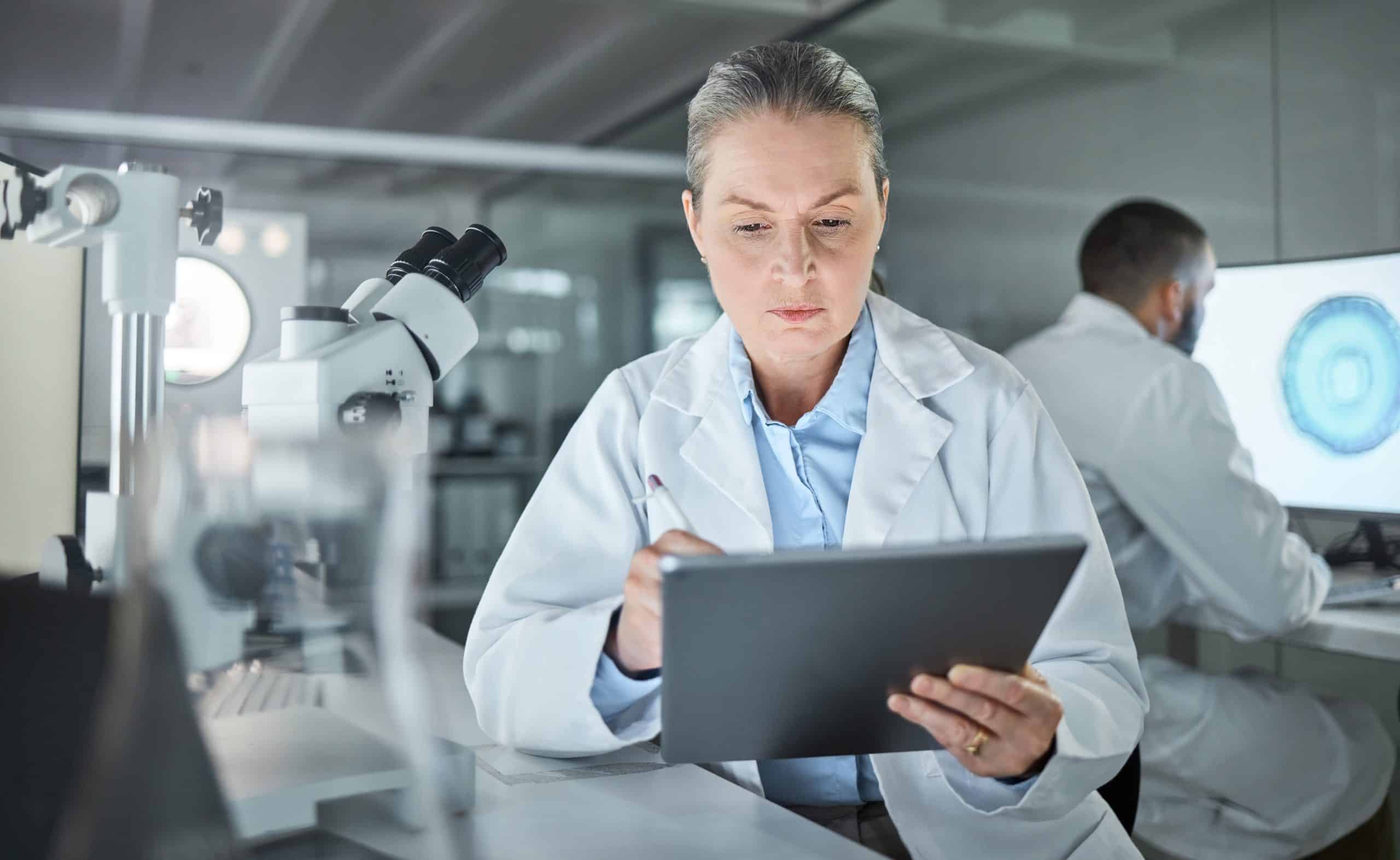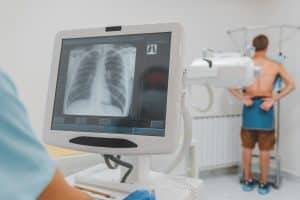Breast imaging has always been at the forefront of medical advancements. From the discovery of X-rays to the development of digital mammography, the field has consistently embraced technology to provide better patient care. Today, Artificial Intelligence (AI) is setting a new benchmark in breast cancer screening. This article explores how AI is revolutionizing the interpretation of mammograms and enhancing diagnostic accuracy.
The Advent of Digital Mammogram
A digital mammogram captures images of the breast using low-energy X-rays. These images are then stored electronically and can be enhanced, magnified, or manipulated for closer examination. It has the distinct advantage of allowing radiologists to adjust the contrast and zoom into specific areas, making it easier to spot abnormalities.
Breast Cancer Screening: Enhancing Detection
Breast cancer screening has one primary aim: early detection. Early detection of breast cancer significantly increases the chances of successful treatment. While traditional methods are effective, the integration of AI into screening processes can help in identifying subtle changes that might be missed by the human eye.
Reduced Radiation Exposure
A concern among many is the radiation exposure during mammograms. While the doses are low and considered safe, it’s crucial always to minimize exposure. AI can optimize image quality, potentially reducing the need for repeat scans and, consequently, lessening radiation exposure.
BI-RADS Classification and AI
The Breast Imaging-Reporting and Data System (BI-RADS) classification system is a standardized system used by radiologists to describe mammogram findings. AI algorithms can be trained to categorize lesions according to the BI-RADS system, ensuring consistent and objective evaluations.
Addressing the Challenge of Dense Breasts
Dense breasts have more glandular and connective tissue, making it difficult to spot tumors on a mammogram. AI can aid in analyzing the patterns and textures in dense breasts, enhancing the visibility of potential abnormalities.
Breast Tomosynthesis and AI
Breast tomosynthesis, also known as 3D mammography, takes multiple X-ray pictures of each breast from different angles. AI’s role here is to help in sifting through the vast amount of data quickly, pointing out areas of interest to the radiologist.
Diagnostic Mammogram and Artificial Intelligence
A diagnostic mammogram is more detailed than a screening mammogram and is used when abnormalities are found. AI can streamline the diagnostic process, helping radiologists pinpoint areas that require closer examination.
Complementary Roles: Breast Ultrasound and Breast Biopsy
In cases where a mammogram indicates potential issues, a breast ultrasound or breast biopsy might be recommended. AI can help in guiding these procedures, ensuring precision and reducing the margin of error.
The synergy of AI and mammography is undoubtedly ushering in a new era in breast imaging. It’s not about replacing the human touch but about complementing it, ensuring that the residents of Toronto, Brampton, Whitby, and Niagara Falls receive the most advanced care possible. At Valence Medical Imaging, we remain committed to harnessing the best of technology for our community’s health.





